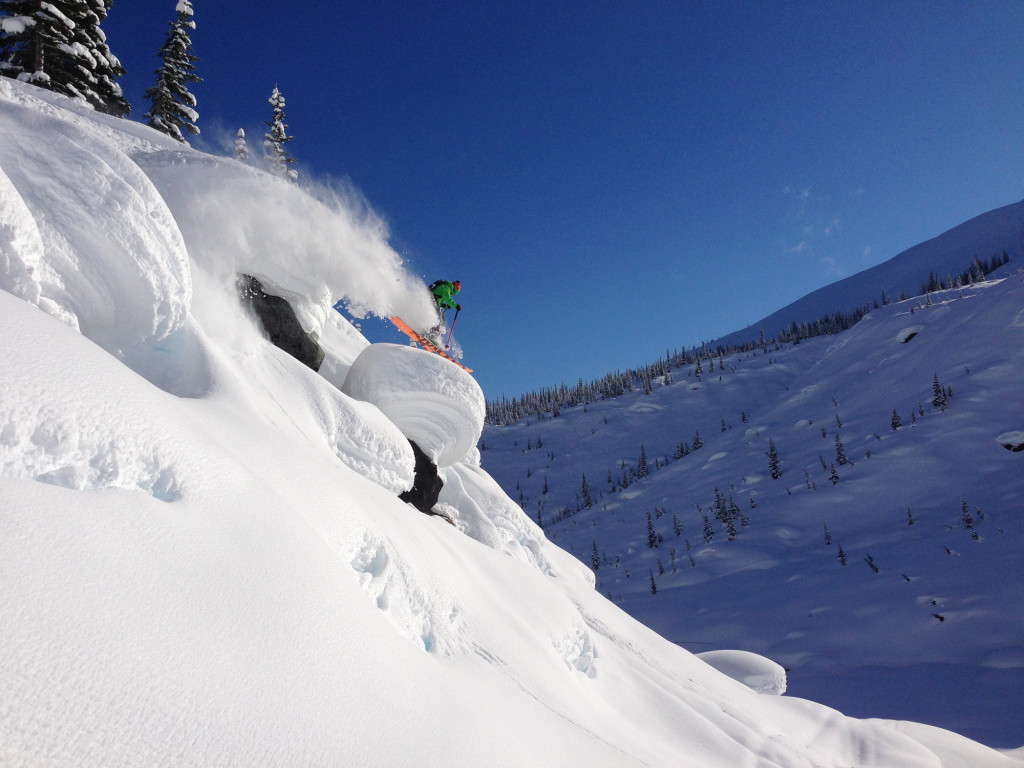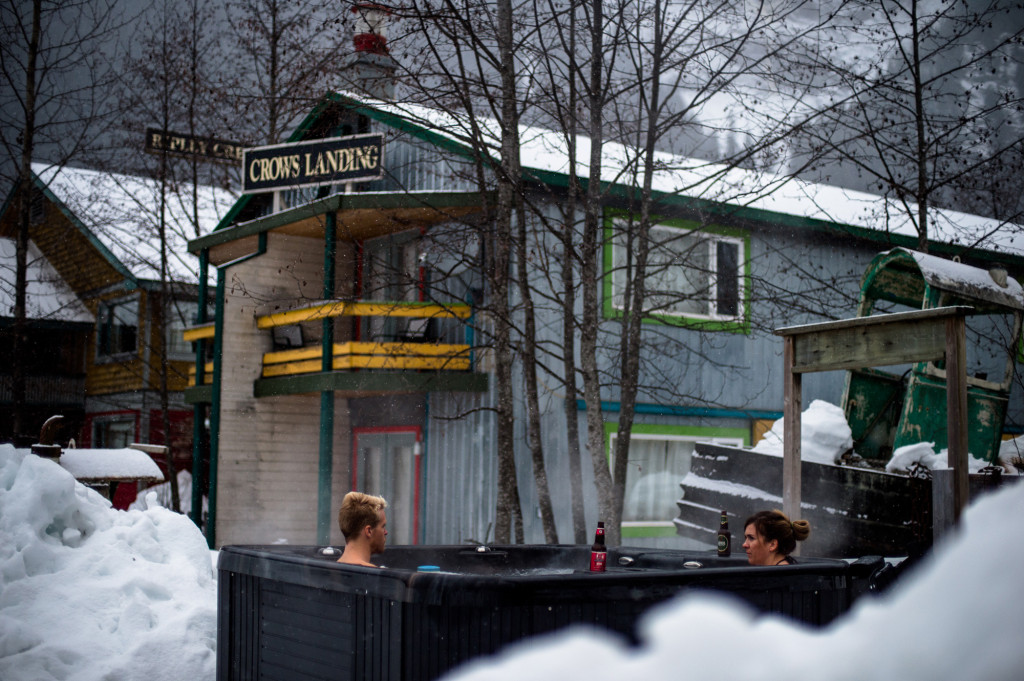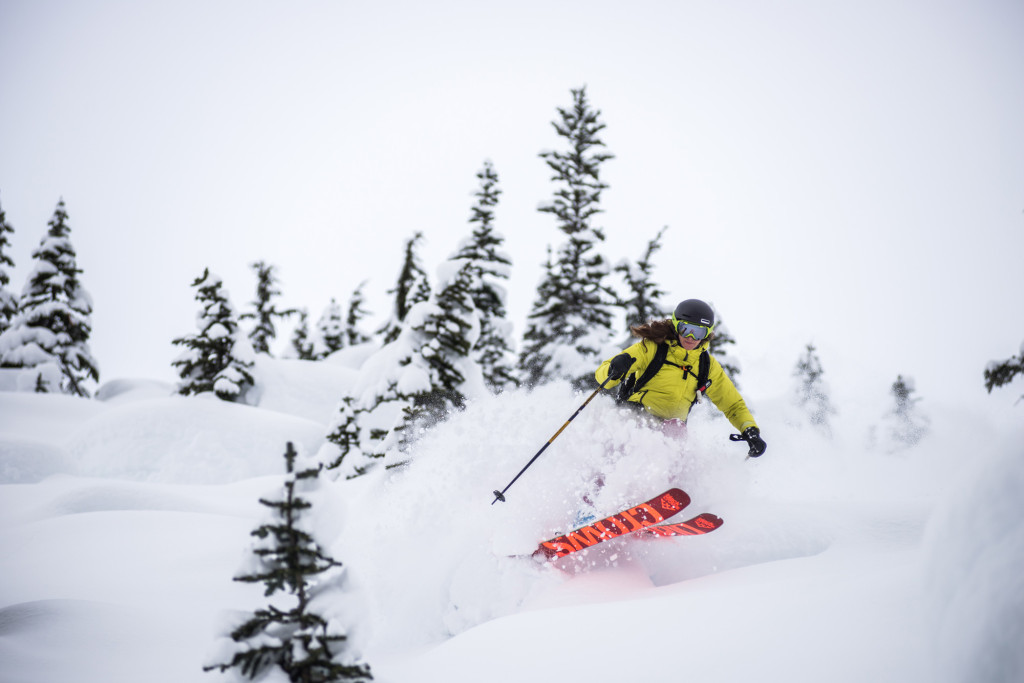Après-Ski Recovery: What You Need To Know
When people book a multi-day ski trip they generally focus on the upshots: endless powder potential and being able to live in merino wool and Gore-Tex for five straight days. What people often neglect to consider is the probability that simple tasks such as walking, climbing stairs and getting out of bed will be rendered impossible by about noon on their very first day once their muscles begin to speak up. Fortunately, we’ve got some ski recovery tips that will help keep you shredding into the sunset.

Drink to your health
First and most obviously, rehydrate. If you’re having any kind of fun out there, you’ll be sweating buckets of fluids and electrolytes that need to be replaced as soon as possible to avoid an uncomfortable evening and beyond. Smart heli skiers drink lots of water [we have it in all of our helis] to stay hydrated throughout the day, while others pound Gatorade over lunch at the day lodge. Most, however, deprive their bodies of hydration all day long, then order a pitcher of beer with their nachos before falling asleep in an armchair. Not cool. Don’t be that guy.

Push it real good
It seems like a strange recommendation when you’re already bagged and feeling the burn, but cycling is a great way to flush all that lactic acid from the large muscles in your legs and recover from a big day of hopping up and down in the snow. Thirty minutes at a moderate pace on a stationary bike can do wonders to aid in the post-ski healing process and help to avoid injury or cramping the next day. Trust me.
Soak it up and work it out
I’m no scientist, but I’ve skied enough with and without stretching to know that muscle tissue works better when it’s loose than it does when it’s tight. Soak in a hot tub, book a massage, sign up for a yoga or stretch class and roll around on one of those foam thingies until it hurts less than it did when you started. Gently pinching and pulling muscles and ligaments keeps them static and healthy, as opposed to letting them get stiff and prone to tears and sprains. The alternative is to spend the next powder day watching talk shows in your room while the rest of the group makes Go-Pro gold without you.

Pay It Forward
Of course, the ideal scenario is to prepare well in advance for your ski trip so you arrive fit as fiddle and ready to roll. A training regimen of lunges, squats and cardio activity will help to keep you charging hard to the last lift and greatly reduce the chance of tweaking a weak ankle or blowing a knee. The very best pre-trip routine, however, is to simply spend as much time as possible on skis. Get to know your gear, find your legs and teach that snow who’s boss.



